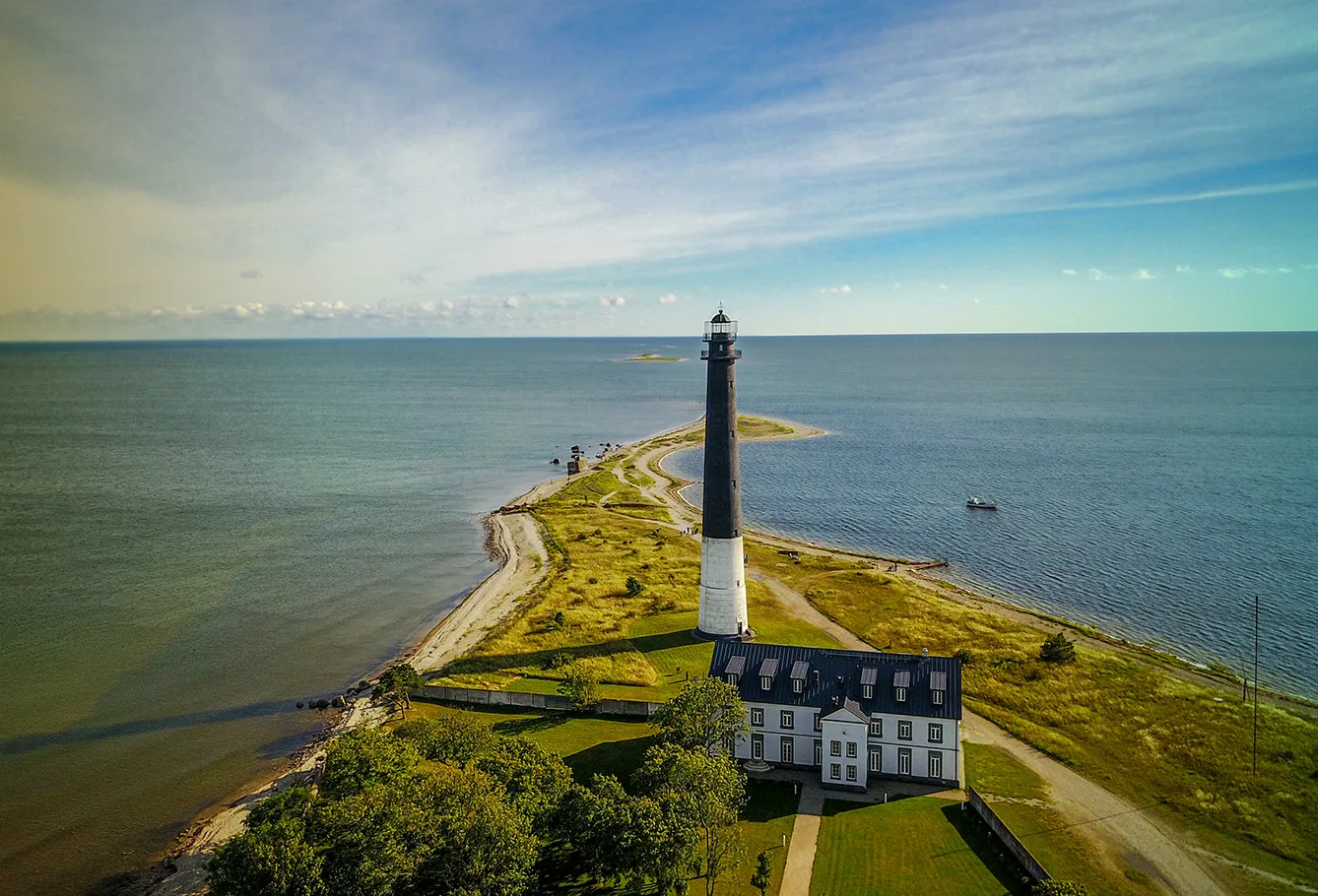Where do you head to find Viking heritage? The most popular answer would almost certainly be Scandinavia: Sweden or Norway, perhaps Denmark or Iceland (or maybe, in Frozen’s magical land of Arendelle?). While all of these answers are pretty correct, they’re only part of the wide-ranging Viking heritage. To get the full picture, you must go both east and south from Europe’s northernmost countries, including what is now Ukraine.
Along your way, you will find Saaremaa, the largest of the Estonian islands, accessible by boat in the warmer months and by car in the winter when the sea freezes over. (Yup, your good ol’ car – if you dare to drive across the sea surface).

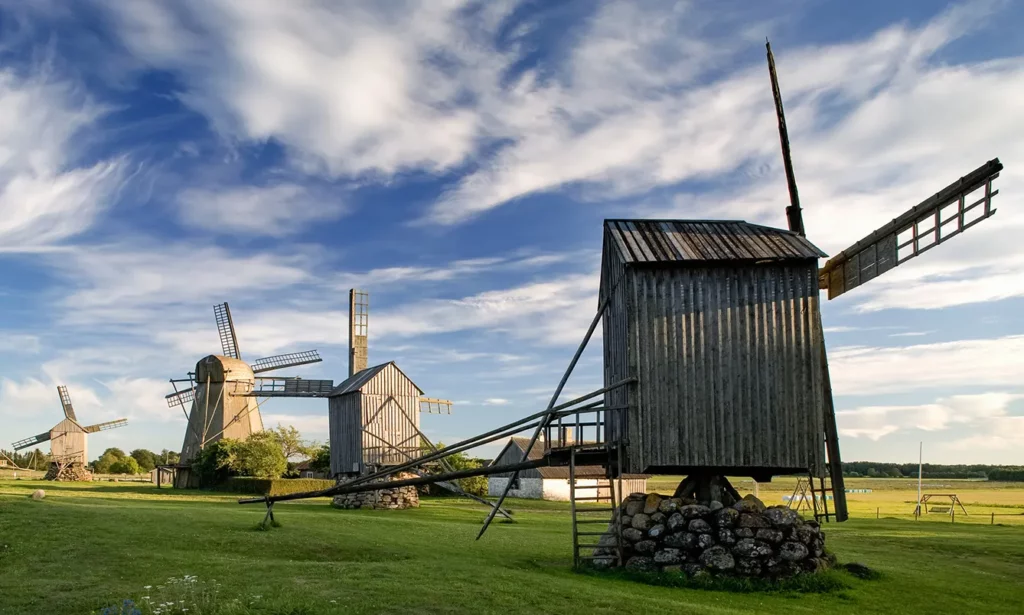
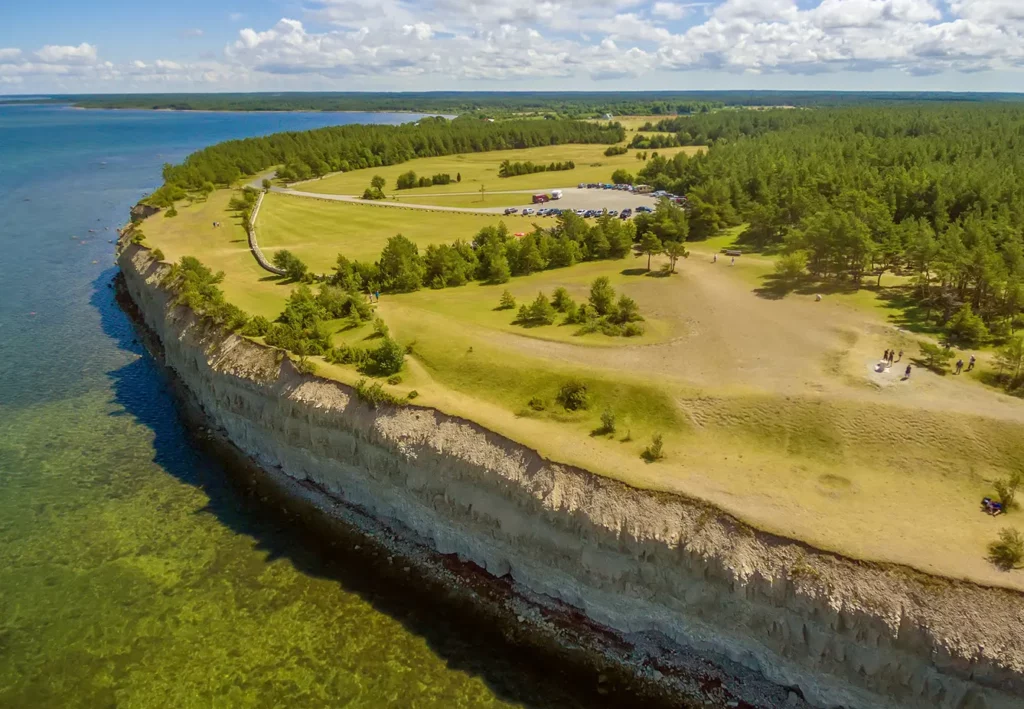
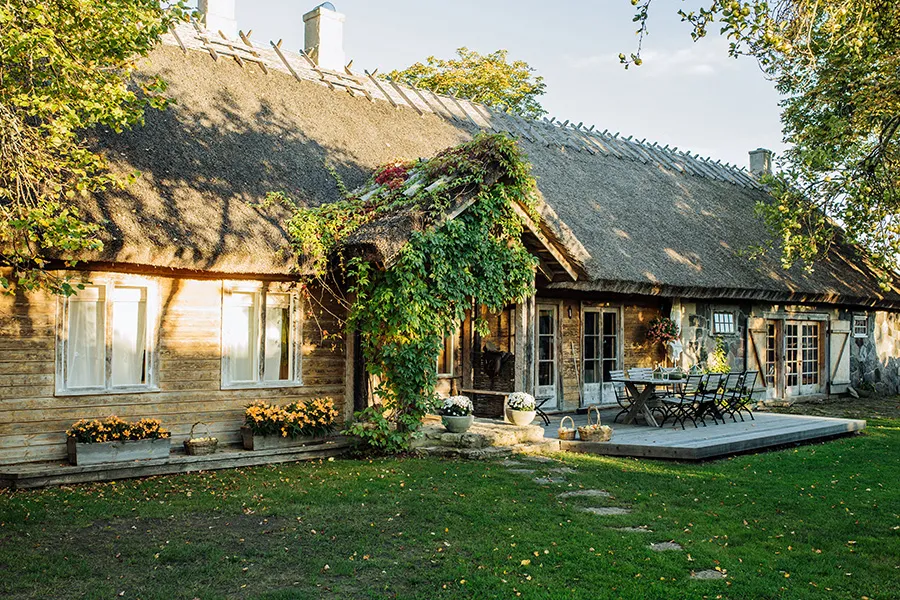
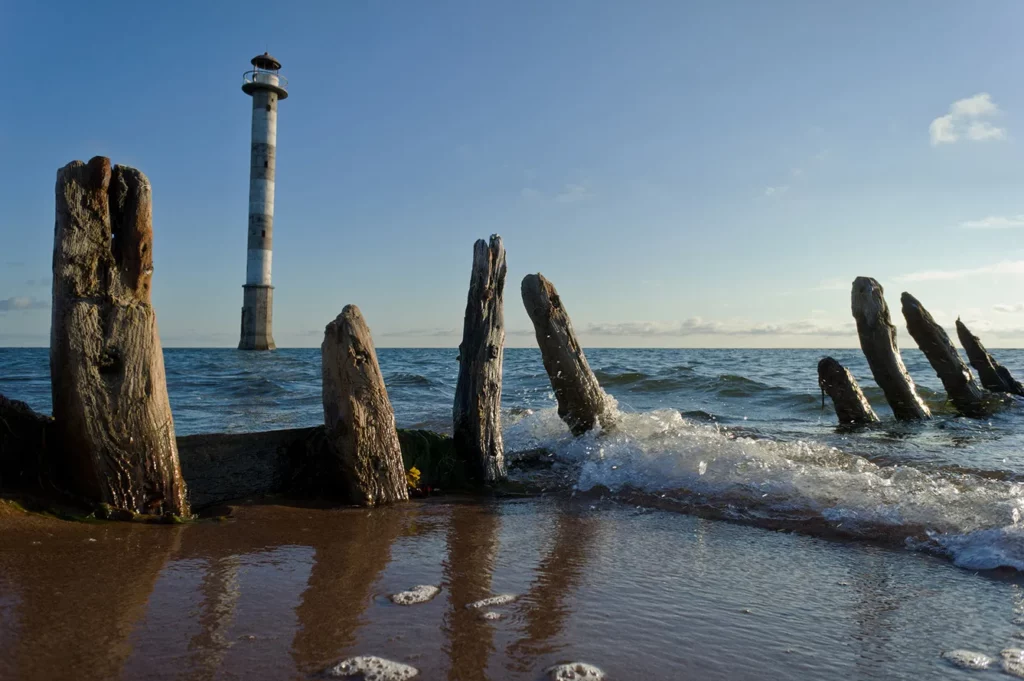
Saaremaa, a hotbed of legends
It’s little wonder that this 2,000-kilometer square island was home to fierce maritime warriors and the occasional field of skirmishes as far back as 7,000 years ago, with characteristic ship burials found on its peninsula. And though these battlefields emptied long ago, the troubled history of strategically localized Saaremaa was far from over. Especially given that from the 10th century, the area east of the Kingdom of Poland was still pagan, and pagan lands fell easy prey to Western expansion.
The Teutonic Order was the main motor of this expansion. The Knights of German origin considered wars against pagan lands as the successor to the Crusades. Against their heavy cavalry, resistance was futile. Whenever they conquered any ground, it was incorporated into their country, with its capital in Marienburg – currently the Polish town of Malbork, home to the largest castle in the world. Such conquests were the genesis of Kralovec, now Kaliningrad, the “disputed territory” between Czechia and Russia (as famously ridiculed by Internet users).
The military action and its political excuse were so effective that it found followers. The territories known as Livonia – now Estonia and Latvia – fell prey to such conquest in the 12th-13th centuries. During that “crusade,” a new order was formed – The Order of The Livonian Knights.
You might be wondering why we’re talking about Livonian Knights now. It’s an easy answer. From 1227, the island of Saaremaa, or Õsel, as it was called, fell under their control. And with the Livonian Order being absorbed by the powerful Teutonic Order as its autonomic part, Christianity, German influence, and civilization status were reinforced.
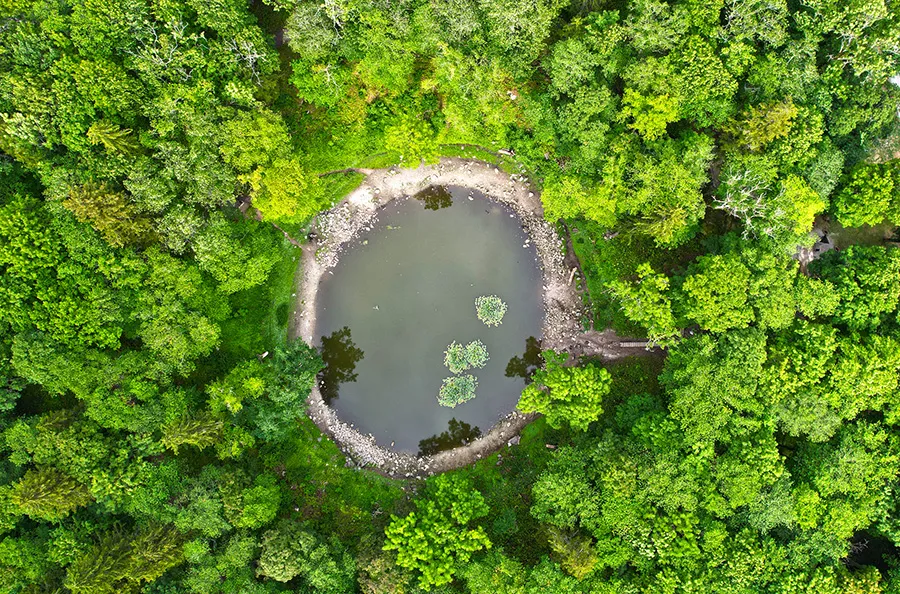
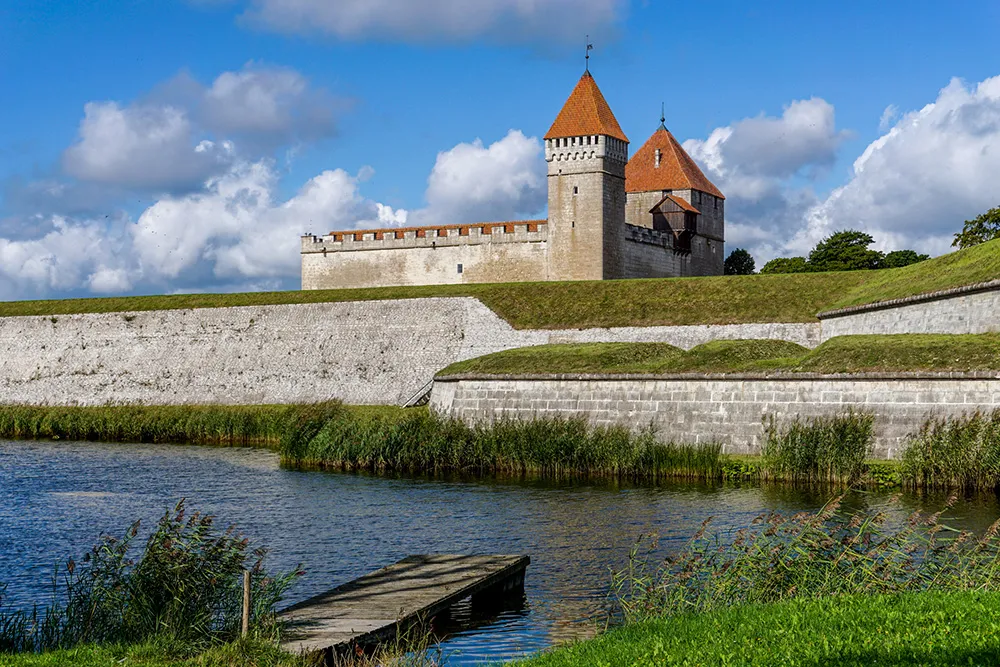
The once-in-a-lifetime road to Kuressaare
And it was this German and Scandinavian influence that contributed to Õsel’s legendary beauty. Take Kuressaare Castle. Built in 1580 for the local bishops, who were Danish and Swedish, this Gothic-style landmark eventually fell into Russian hands. Today, it stands proudly as medieval castles do on the island’s southern shore.
And with a Viking birthmark and The Livonian Brothers of the Sword presence, it’s one of the most postcard-inspiring places in the European north. The well-preserved castle sits within the original walls and a moat, surrounded by the picturesque town. Limestone cliffs hang majestically over the surface of the Baltic Sea, but with easier access to water, Kuressaare became a Baltic resort appreciated by Germans and Russians alike.
Oh, and did we mention the extraterrestrial intervention? There are as many as nine meteorite craters in Saaremaa, the largest being over a hundred meters in diameter. The craters were formed only a few thousand years before the common era and definitely before the first known signs of human presence on the island. Imagine that!
All of this adds pizzazz to the marvels of the road to Saaremaa, whether you travel by sea or snow, which can mark the journey of a lifetime.


